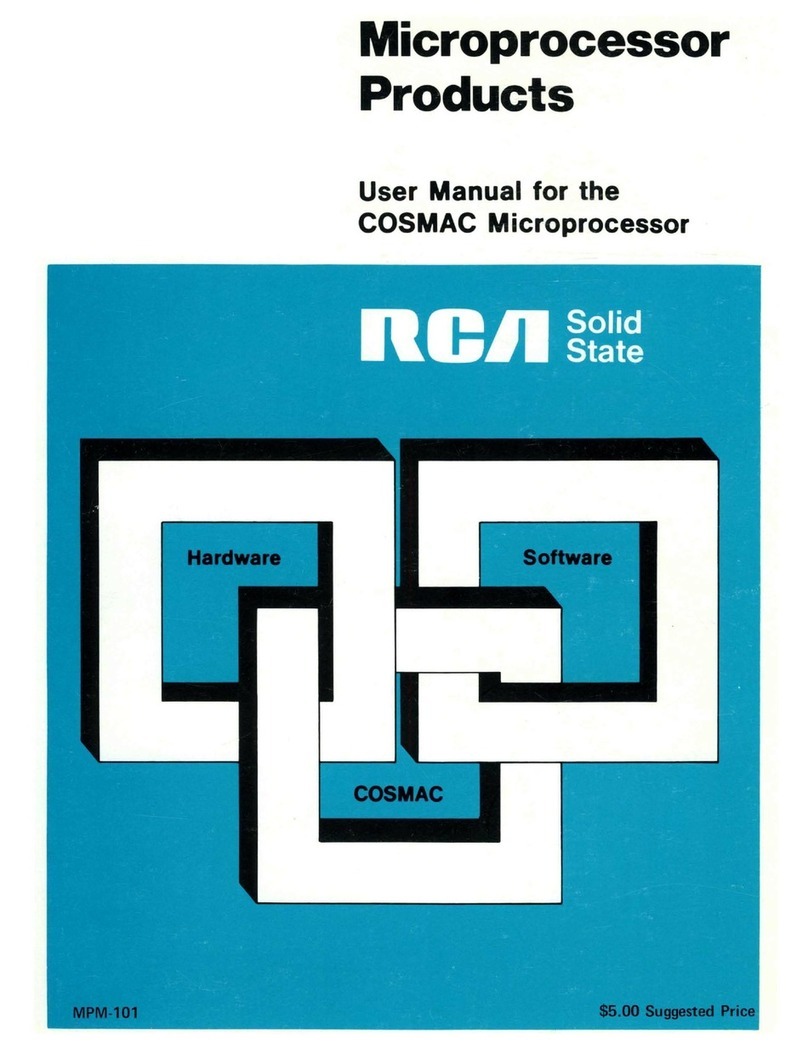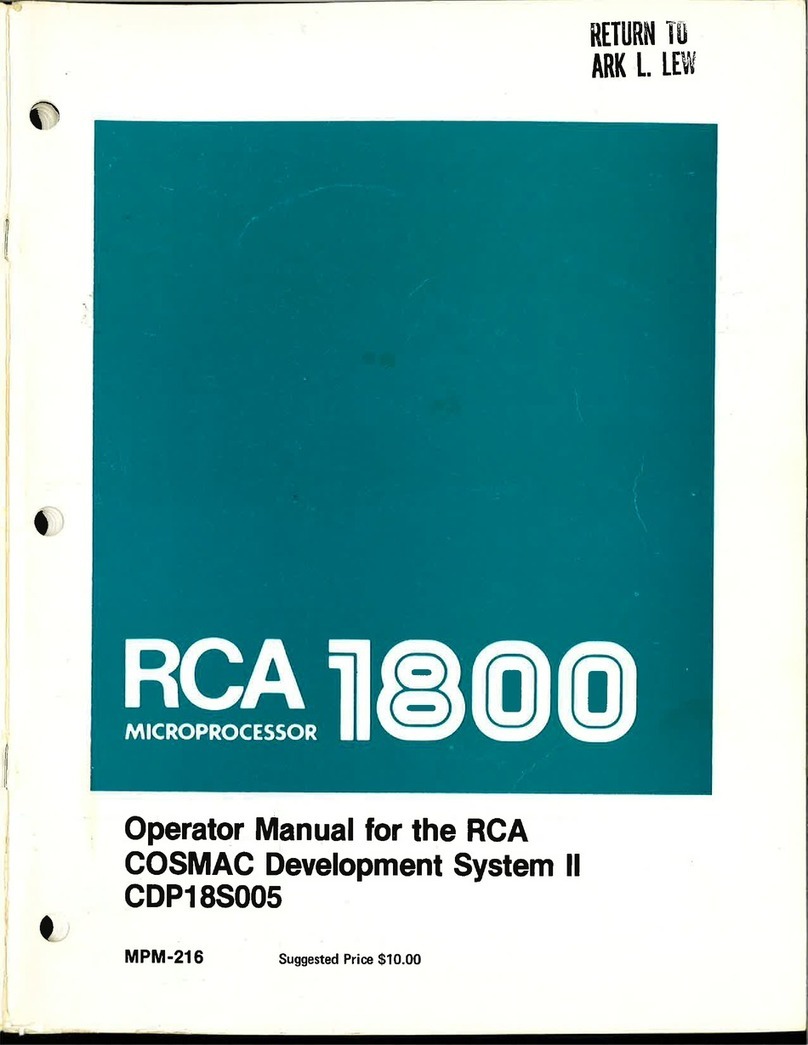
FIXED-POINT
INSTRUCTIONS
(Cont'd)
DECIMAL
ARITHMETIC
INSTRUCTIONS
CONTENTS
(Cont'd)
Page
Store Halfword
(STH)
......................................
148
Store
Multiple (STM)
.......................................
149
Shift
Left
Single (SLA)
.....................................
150
Shift
Right
Single (SRA)
...................................
151
Shift
Left
Double (SLDA)
..................................
152
Shift
Right
Double (SRDA)
.................................
153
Introduction
................................................
154
Data
Formats
....................................
. . . . . . . . .
..
154
Representation
of
Numbers
..................................
155
Instruction
Format
..........................................
155
Condiiion Code Utilization
...............................
. . .
..
156
Interrupt
Action.
. . . . . . . . . . . . . . . . . . . . . . . . . . . . . . . . . . . . . . . . . .
..
156
Add Decimal
(AP)
..........................................
158
Subtract
Decimal
(SP)
.......................................
159
Zero
and
Add
(ZAP)
........................................
160
Compare Decimal (CP)
......................................
161
Multiply Decimal
(MP)
......................................
162
Divide Decimal
(DP)
........................................
163
Pack
(PACK)
...............................................
164
Unpack
(UNPK)
............................................
165
Move
with
Offset (MVO)
.....................................
166
LOGICAL
Introduction
...............................................
, 167
INSTRUCTIONS
Data
Format
. . . . . . . . . . . . . . . . . . . . . . . . . . . . . . . . . . . . . . . . . . . . . .
..
167
Instruction
Formats
.........................................
168
Condition Code Utilization
...................................
169
Interrupt
Action . . . . . . . . . . . . . . . . . . . . . . . . . . . . . . . . . . . . . . . . . . .
..
169
Move (MVI) (MVC)
........................................
170
Move Numerics (MVN)
.....................................
171
Move Zones (MVZ)
.........................................
172
Test and
Set
(TS)
.........................................
173
Compare Logical (CLR) (CL) (CLI) (CLC)
..................
174
AND
(NR)
(N)
(NI)
(NC)
.................................
175
OR (OR)
(0)
(01)
(OC)
...................................
176
Exclusive
OR
(XR) (X)
(XI)
(XC)
..........................
177
Test
Under
Mask (TM)
......................................
178
Insert
Character
(IC)
.......................................
179
Store
Character
(STC)
.......................................
180
Load Address (LA)
..........................................
181
Translate
(TR)
.............................................
182
Translate
and
Test
(TRT)
....................................
183
Edit
(ED)
..................................................
184
Edit
and
Mark
(EDMK)
.....................................
187
Shift
Left
Single Logical (SLL)
..............................
189
Shift
Right
Single Logical (SRL)
............................
190
Shift
Left
Double Logical (SLDL)
...........................
191
Shift
Right Double Logical (SRDL)
..........................
192
vi





























